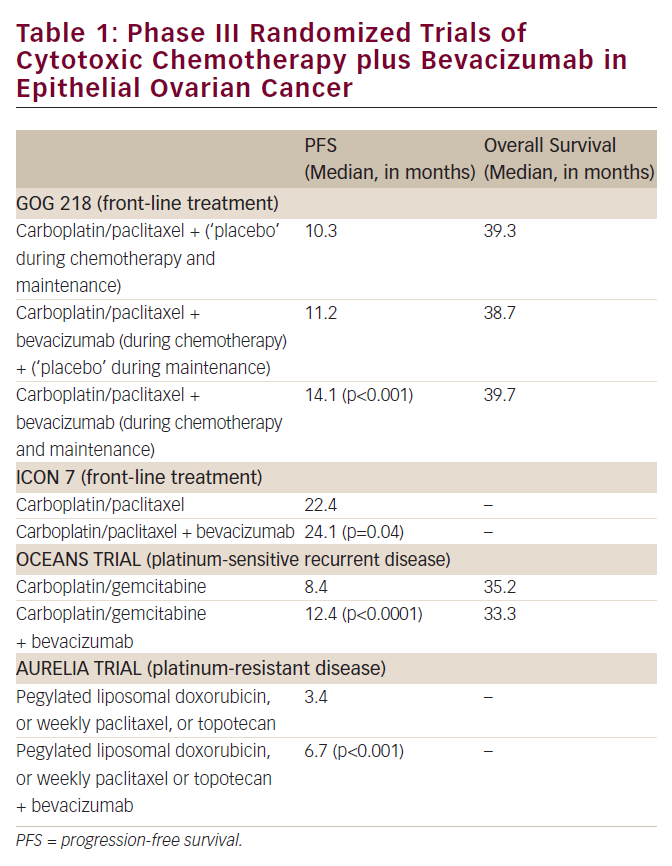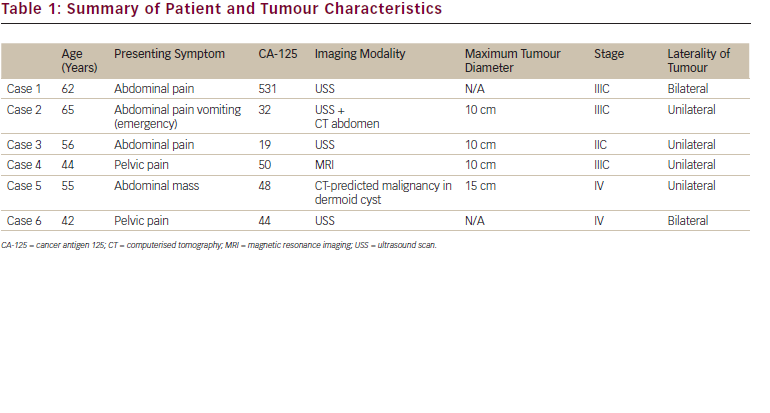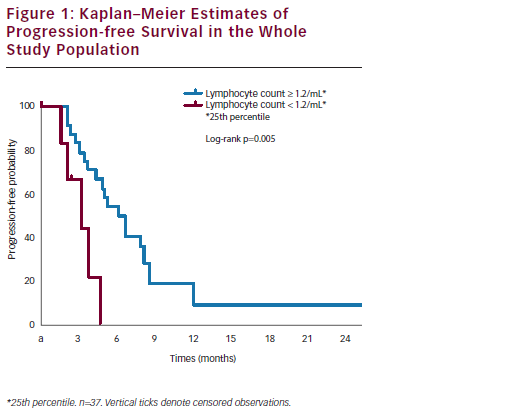Axel Heidenreich is Chairman and Director of the Department of Urology at University Hospital, Aachen, Germany, whose main area of interest is prostate cancer. His recent scientific awards include the Paul-Mellin-Preis der Nordrhein Westfälischen Gesellschaft für Urologie (2010), the Schöneberger Award of the Renal Transplantation Society of the German Association of Urology and Honorary Membership of the Romanian Association of Urology (2009). He has authored and edited over 320 peer-reviewed scientific papers, including 97 book chapters and 19 books. Dr Heidenreich has been involved in many medical organisations, including Chairman of the German Working Group on Castration-resistant Prostate Cancer, the German Testicular Cancer Study Group (2008–2013) and the Prostate Cancer Guidelines section of the European Association of Urology (EAU ) (2008–2013). He is/has been a Board Member of the Association of Urological Oncology of the German Cancer Society, the European Society for Oncological Urology of the EAU , the German Prostate Cancer Guideline Group and the German TNM classification group of urogenital cancer.
T his edition of European Oncology & Haematology covers some important and clinically relevant issues on gynaecological and
urological cancer, sarcomas and the management of chemotherapy-related toxicities.
Lorusso et al. report on their experience of the novel medical approach of asparagine-glycine-arginine-human tumour necrosis factor (NGR-hTNF) in combination with doxorubicin in patients with relapsing ovarian carcinoma. NGR-hTNF exploits the peptide NGR for selectively targeting TNF to CD13-overexpressing tumour vessels. In 2012, the authors have reported their first data of a clinical phase II trial comprising 37 patients with treatment refractory ovarian cancer. The group achieved a promising clinically meaningful response rate of 66 % with a progression-free survival of 5 months highlighting the oncological potential of this novel approach. In the next article, the rare case of a squamous cell carcinoma arising in a cystic mature teratoma is presented by Powell and Haldar who perform a literature review and put the somatic differentiation of mature teratoma and the treatment options into clinical perspective. Tzias and co-workers inform the reader about the current status of early diagnosis and detection of breast cancer covering all aspects of evidence-based aspects of imaging and pathohistological studies. This article will be extremely useful and helpful to update the interested experienced reader and the newcomers in the field of breast cancer.
The last decade of clinical research has been extremely successful in terms of the management of castration-resistant prostate cancer (CRPC) including the development and the approval of at least four new medical treatment options. Heidenreich and colleagues from the German Working Group on Castration-resistant Prostate Cancer update the reader with a review of the new approved treatment options in CRPC, and discuss the benefits and the pitfalls of the various clinical phase III trials. They also cover the aspects of treatment sequencing, mechanisms of drug resistance and future developments of treatment. This article is linked to an Editorial comment by Amit Bahl, a well-known expert in the field. Esler and colleagues shed some light on the controversies of radiation therapy in the radical therapy of soft tissue sarcomas of the limb. They put this non-surgical approach into perspective with surgical and multimodality treatment approaches.
Three articles concentrate on the detection, diagnosis and treatment of chemotherapy-related side effects, and all articles provide the reader with information of utmost importance for daily clinical practice. Fearon reports on the current scientific background in the development, diagnosis and treatment of cancer cachexia – a major clinical problem that significantly interferes with prognosis. Navari informs about the prevention of chemotherapy-induced nausea and vomiting – an extremely disturbing side effect that results in a significant impairment of quality of life – with modern treatment algorithms. Last but not least, Lazzari et al. summarise clinically relevant aspects of treatment-induced cardiotoxicity of cytotoxic and molecular-targeting drugs.
European Oncology & Haematology would like to take this opportunity to thank all participants on this edition, from organisations to individuals. A special thanks goes to our editorial board for their continuing support and invaluable guidance and the biggest thanks are reserved for the expert authors, who spared precious time and effort to produce a perceptive selection of articles. This expert discussion and the wide variety of topics covered ensure there is much of interest for every reader and we hope you find this edition as useful and insightful as those before it.









